Gear list
Must-haves
Bike—Contact coaches if you need a bike and have not contacted them already.
Helmet—Should be less than 5 years old and meet one of the five safety certifications: ANSI, Snell, ASTM, CPSC, CE EN1078.
Spare tube—please get the correct size for your bike’s wheel size (24”, 26”, 27.5”, or 29”) look on the tire if you aren’t sure.
Tire Levers (if multitool doesn’t have them).
Small multi-tool kit—good for fixing gear on the trail, fits into backpack.
Sneakers—no flip flops for riding.
Water bottle or Hydration system—you need to be able to carry water for yourself.
Nice-to-haves
Hydration system—Camelbak or other brand, they are great for carrying other things as well; like tool kit, tubes, food.
Flat Pedal Upgrades— These pedals have metal pins that can keep your feet from slipping off while riding. Talk to your coaches for recommendations.
Bicycle and Helmet Lights—Very important for later in the season as daylight fades and we are not ready to stop riding!
Biking shorts—Tight shorts with padding, they may be worn under regular shorts if you don’t like the look of tight shorts. There are mountain specific shorts (baggies) that will work as long as they have padded inserts.
Gloves—Full or Half finger gloves are ok. They are good for beginners in case you fall. Coach Leary has a great resource for cheap, but good alternatives to cycling specific gloves, work gloves from Harbor Freight.
Glasses—No Sunglasses! Changing light conditions in the woods make sunglasses dangerous. Clear, lightly tinted, or yellow lenses are best for MTB riding.
Sunscreen—SPF 30 or higher.
Bug Spray—Preferably containing DEET, we have ticks at the practice area.
Can-haves
Riding shoes—provide stiffer soles for better transfer of energy, You may ride with shoes and not clipless pedals.
“Clipless” pedals—the riding shoes are bought when you put these pedals on. We would suggest talking to the coaches before you go out and buy them.
Heart Rate Monitor—monitor your fitness progress in relation to your heart rate.
Bike computer—These often track MPH, Avg. Speed, Distance, Elapsed Time.
Tracking programs for your phone—Strava, Runtastic MTB, etc.
Trainer—for riding your bike inside when the weather doesn’t permit you to ride outside, for training in the off season. If you’re going to use your MTB on it, make sure that it fits on the trainer before buying.

